1: Tianjin, China
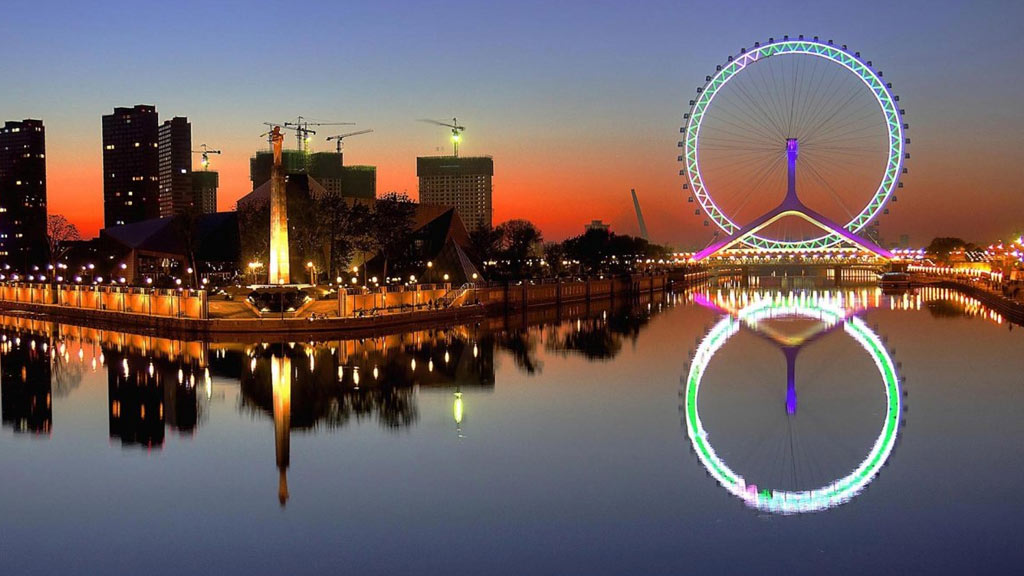
Tianjin, located in northern China, experiences significant land subsidence, primarily due to excessive groundwater extraction. Data indicates that certain areas sink at alarming rates of up to 2.5 meters per year.
This ongoing sinking threatens urban infrastructure and decreases the city’s ability to manage flooding. Historical industrial activities and rapid urbanization further exacerbate the problem.
As climate change increases sea levels, Tianjin faces an elevated risk of experiencing permanent inundation, which intensifies the urgency for sustainable groundwater management and urban planning strategies.
2: Ho Chi Minh City, Vietnam
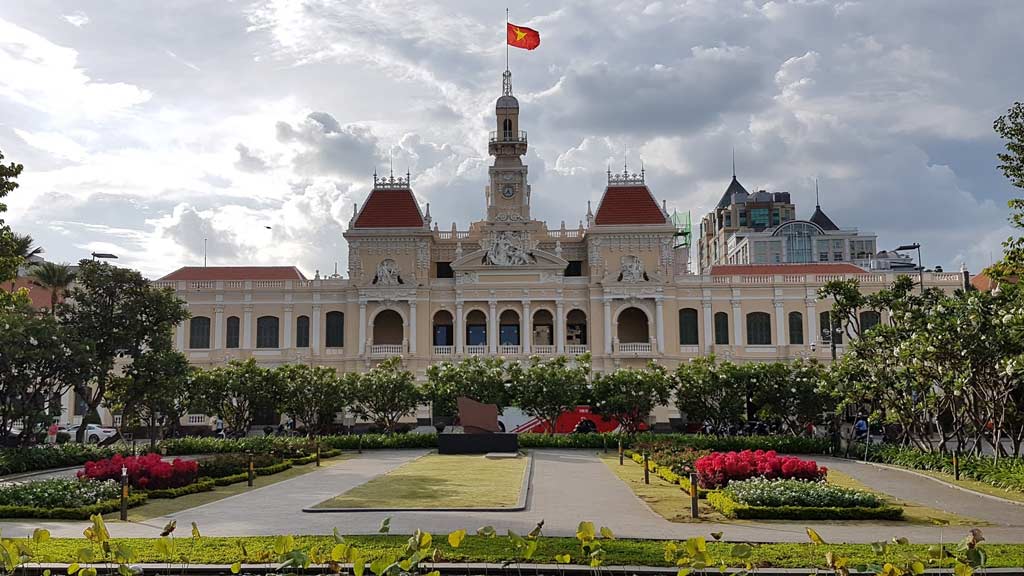
Ho Chi Minh City faces significant threats from rising sea levels. The city, located in the Mekong Delta, experiences subsidence due to factors such as groundwater extraction and urban development.
Some estimates indicate that certain districts sink by approximately 1-3 centimeters annually. Flooding incidents have become more frequent and severe, particularly during monsoon seasons.
Government initiatives include constructing dikes and improving drainage systems. However, these measures may not be sufficient given predictions that sea levels could rise by over 1 meter by 2100.
Awareness of these issues is crucial for residents and policymakers to develop robust strategies for adaptation and mitigation.
3: Chittagong, Bangladesh
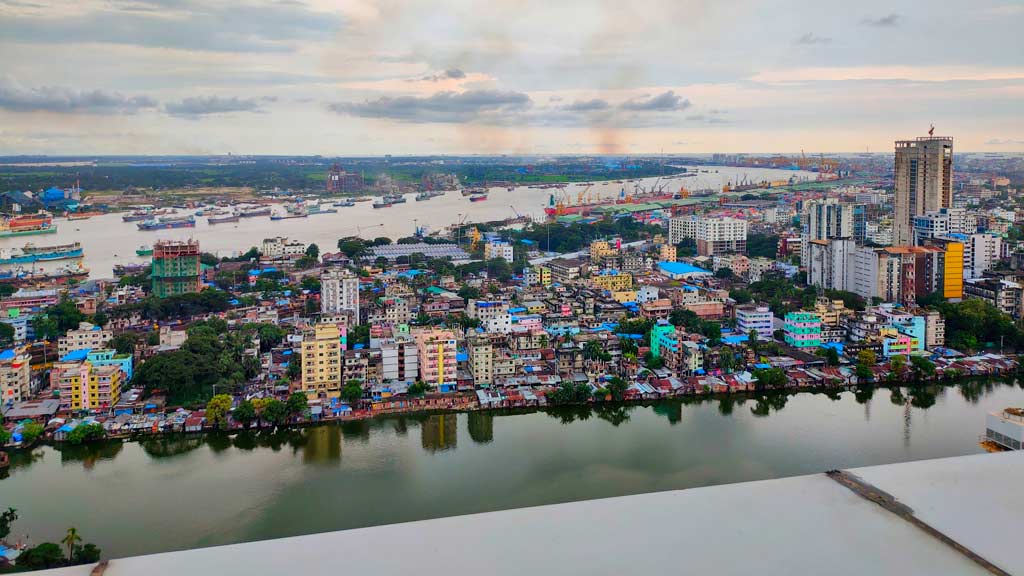
Chittagong, a major port city in Bangladesh, faces a dire situation. Coastal erosion and rising sea levels threaten its existence daily. Some areas are sinking as much as 1-2 centimeters annually, impacted by both natural and human factors.
Rapid urbanization contributes significantly to the problem, stressing infrastructure and draining groundwater.
This depletion results in increased vulnerability to flooding and storm surges. Flooding events disrupt communities, causing economic losses and displacing residents.
Efforts are underway to combat these challenges, including building embankments and enhancing drainage systems, yet the effectiveness of such measures remains uncertain amidst rising sea levels predicted to exceed 1 meter by 2100.
4: Yangon, Myanmar

Yangon faces considerable challenges from rising sea levels and subsidence. The city, situated along the coast, experiences sinking due to natural erosion and underground water extraction.
Reports indicate certain areas are sinking by approximately 1-2 centimeters each year. Coastal flooding occurs more frequently, impacting local communities and infrastructure.
Urban development exacerbates the situation, stressing resources and increasing vulnerability. Government efforts, including drainage improvements, strive to mitigate these issues, but effectiveness remains uncertain as climate predictions suggest significant future sea level rise.
Awareness and proactive measures are crucial for the city’s resilience against impending threats.
5: Jakarta, Indonesia
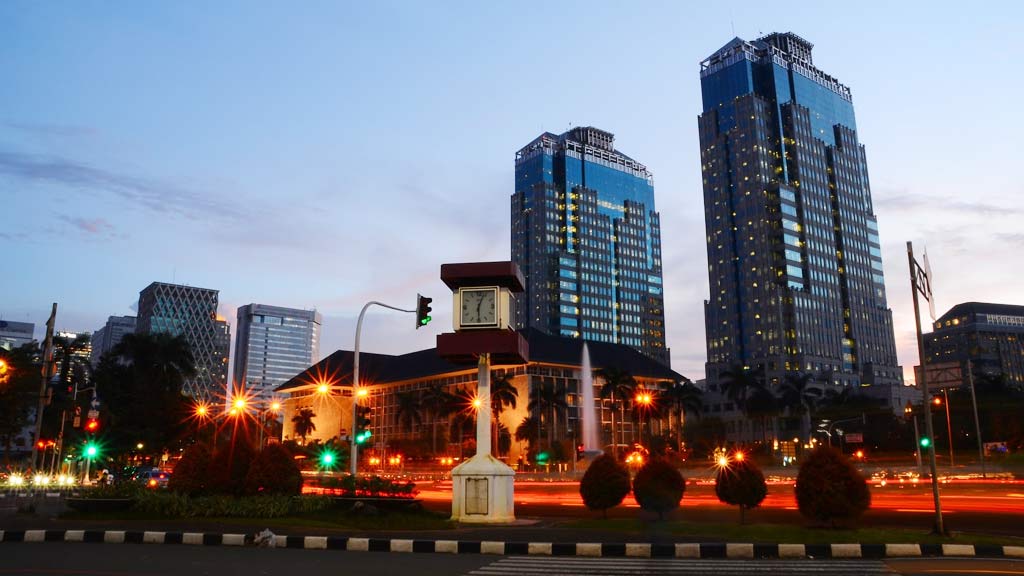
Jakarta faces severe challenges from rising sea levels and subsidence. The city experiences an alarming sinking rate of approximately 25 centimeters annually in some areas.
Rapid urbanization and excessive groundwater extraction significantly contribute to this crisis. Flooding events disrupt daily life, particularly during the rainy season, posing significant threats to infrastructure and public safety.
To address these challenges, the Indonesian government has initiated extensive flood management projects.
Yet, experts estimate that measures may be insufficient as predictions indicate possible sea level rise of up to 1 meter by 2100. Immediate action and effective urban planning are critical for Jakarta’s long-term safety and sustainability.
6: Ahmedabad, India
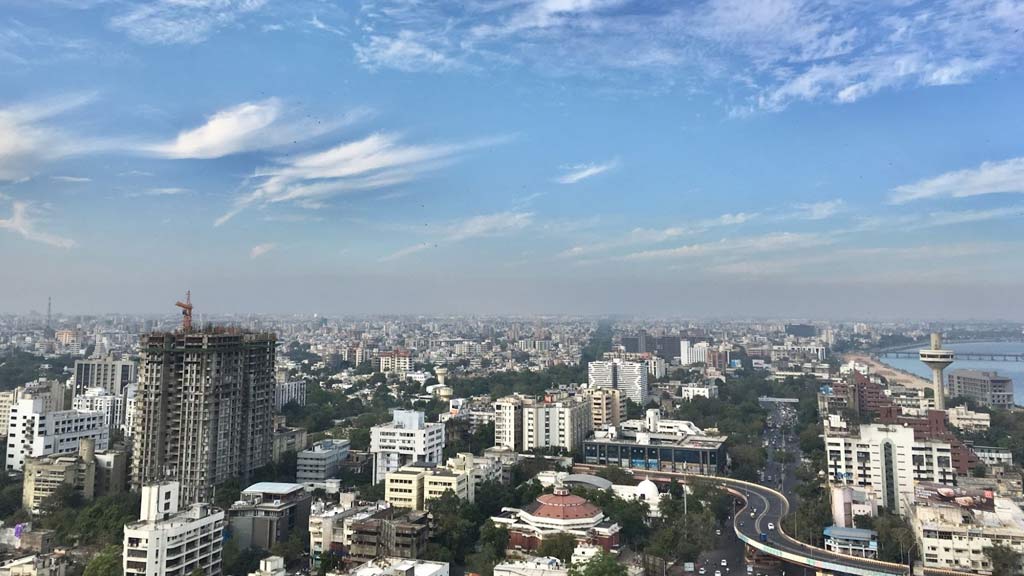
Ahmedabad faces significant threats from rising sea levels and land subsidence. The city, situated on the banks of the Sabarmati River, witnesses areas sinking at rates of 1-2 centimeters per year.
Rapid urbanization, excessive groundwater extraction, and poor drainage systems contribute to its vulnerability. Coastal flooding is intensifying, impacting infrastructure and local populations.
Efforts, such as enhancing drainage and implementing sustainable practices, are in progress. However, predictions suggest a potential sea level rise of about 1 meter by 2100, raising concerns over long-term sustainability and safety for Ahmedabad’s communities.
7: Istanbul, Turkey

Istanbul faces significant risks from rising sea levels and geological instability. Evidence shows that certain neighborhoods experience subsidence rates reaching 1-3 centimeters annually. Climate change exacerbates coastal flooding, especially in low-lying areas.
Urbanization and infrastructure development further stress the city’s environment, weakening its natural defenses.
The government’s response includes investing in flood management systems, but many experts agree these measures are insufficient.
Predictions indicate a potential sea level rise of over 1 meter by 2100, heightening concerns for Istanbul’s cultural and historical landmarks.
The urgent necessity for comprehensive planning and sustainable practices becomes clear for the preservation of this iconic city.
8: Houston, United States
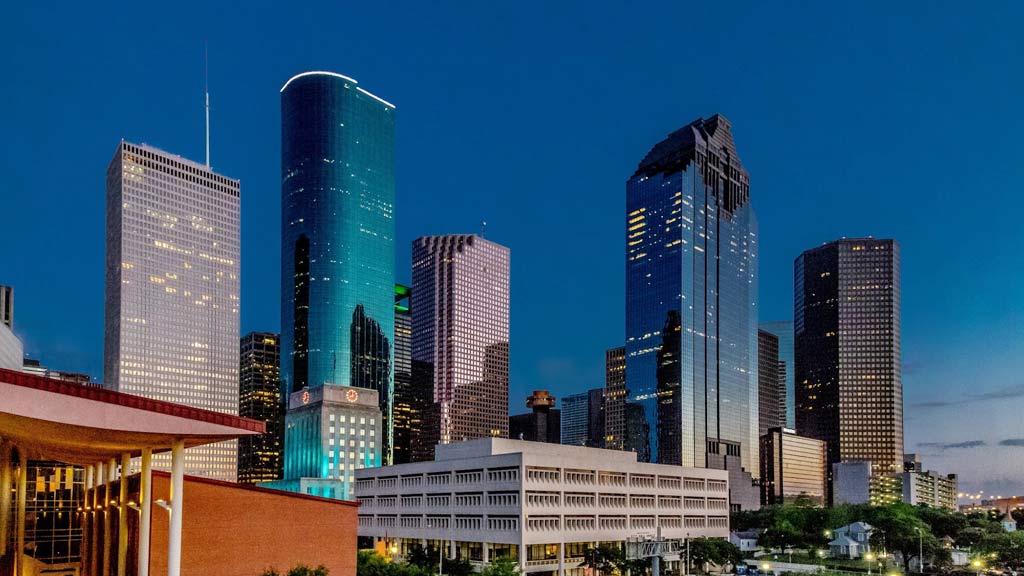
Houston faces significant threats from subsidence and rising sea levels. Certain areas of the city are sinking at rates of up to 4 centimeters annually. Groundwater extraction contributes heavily to this land loss, while rapid urban development exacerbates the issue.
Flooding incidents have surged, particularly during storms. Efforts such as constructing new reservoirs and improving drainage systems address the challenges, but uncertainties remain regarding their effectiveness.
Climate models predict more than 1 meter of sea level rise by 2100, placing Houston in a precarious position. Immediate action and strategic planning are essential for the city’s resilience.
9: Lagos, Nigeria
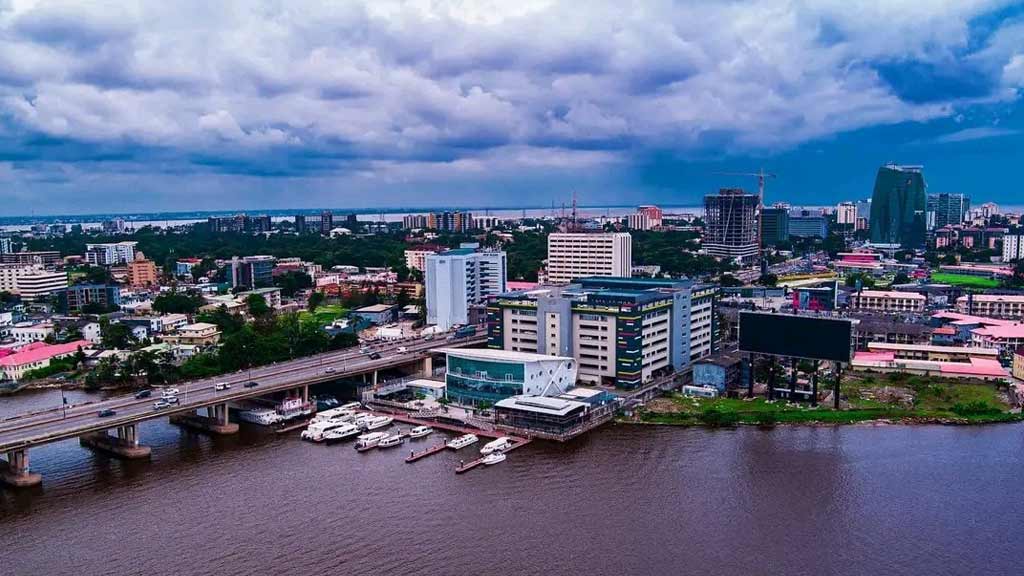
Lagos, Nigeria, significantly faces the threat of rising sea levels. The city sinks at an alarming rate of approximately 6 centimeters annually, largely due to land subsidence and groundwater depletion.
Located along the Atlantic coast, Lagos is vulnerable to catastrophic flooding during the rainy season. Urban sprawl, coupled with inadequate drainage, exacerbates these conditions, impacting millions of residents.
The Nigerian government has initiated coastal defense projects, yet experts express concerns about their effectiveness.
Predictions indicate that sea levels could rise between 1 to 2 meters by 2100, posing severe risks to Lagos’s infrastructure and communities.
10: Manila, Philippines
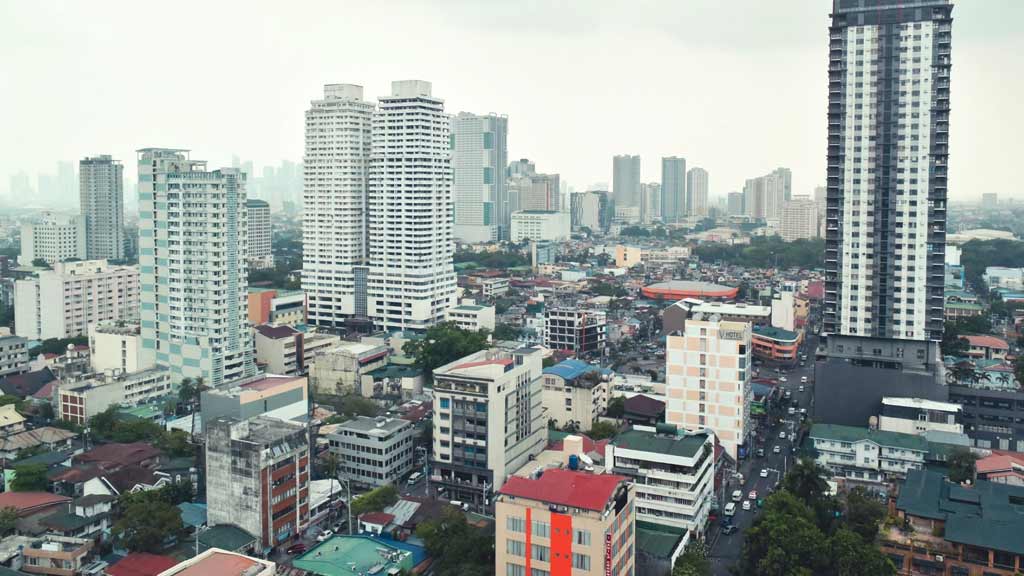
Manila faces critical challenges due to rising sea levels. The city experiences subsidence rates of approximately 3-5 centimeters annually, largely driven by excessive groundwater extraction and land reclamation.
Flooding occurs frequently, especially during the rainy season, affecting daily life and infrastructure. Certain neighborhoods are at greater risk, experiencing severe inundation during storm surges.
Government interventions, such as improved drainage systems and flood management, aim to alleviate these issues.
However, predictions indicate a potential sea level rise of about 1 meter by 2100, raising concerns about Manila’s long-term resilience and sustainability.
Alicia Richards